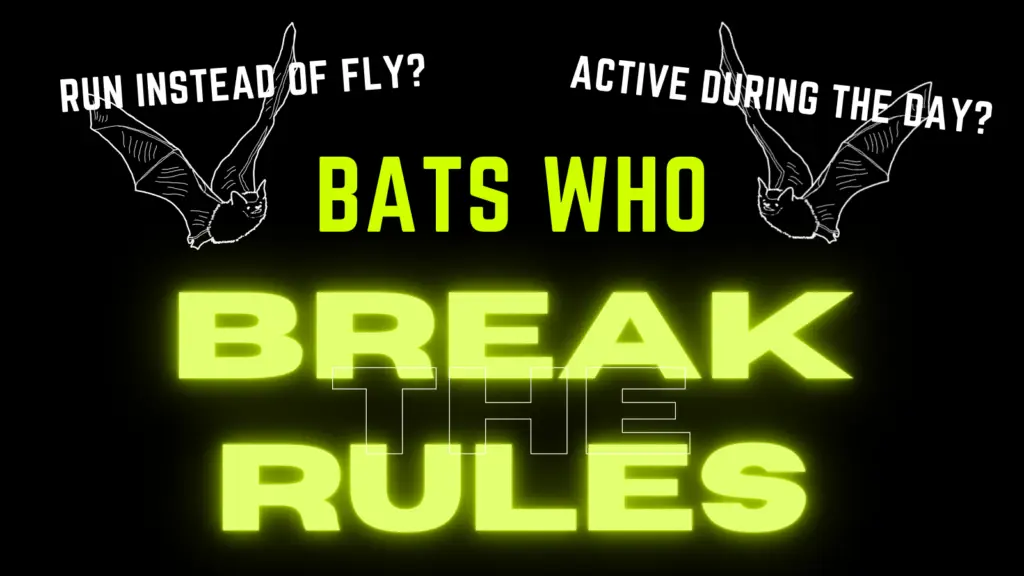When we think of bats roosting, we imagine them hanging, with their feet above their head. But did you know that there are a few species of bats that actually roost with their heads-facing up?
These two specialized groups of bats are found almost literally across the world from each other: disc-winged bats (Family: Thyropteridae) found in Central and South America and the sucker-footed bats (Family: Myzopodidae) found only off the coast of Africa in Madagascar.
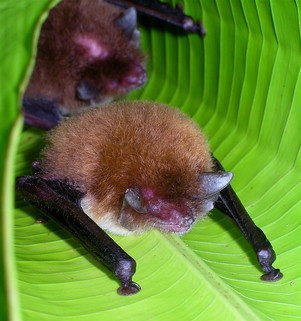
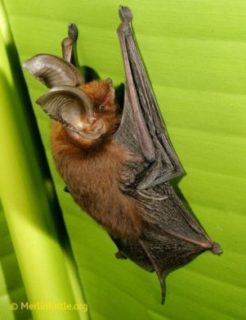
While they share a similar roosting arrangement, the morphology that lets them do it is slightly different between the two groups of bats. Disc-winged bats are so-named for the concave discs found at the base of their thumbs and hind-feet. Bats are able to alter the shape of the disk by contracting muscles in their thumbs, essentially using suction to attach themselves to the surface of leaves.
Confusingly, the so-called sucker-footed bats don’t actually use suction to attach to leaves. Instead, they rely wet adhesion, which means a fluid is present between the two surfaces being adhered together (in this case – the bat’s thumb pads and a leaf’s surface). As bats crawl, the pads deform, which reduces the adhesive strength. It also means that unlike the disc-winged bats, which can suction in any direction, the sucker-footed bats HAVE to roost head-up. Otherwise, they would be inclined to slip off the surface.
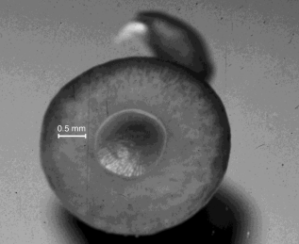
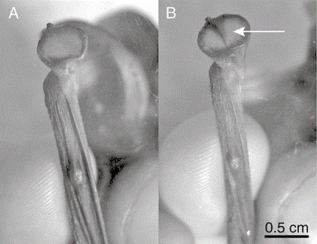
Both types of bats roost in curled up leaves, which open at the top. Being able to stick to the smooth leaf surfaces means they can stay in their place, while also being able to exit easily to forage or escape a predator. That these two bats have solved this problem in different ways is an example of parallel evolution, likely as adaptations for their unique roosting habits.
References:
Riskin, D. K., & Racey, P. A. (2010). How do sucker-footed bats hold on, and why do they roost head-up? Biological journal of the Linnean Society, 99(2), 233-240.
Riskin, D. K., & Fenton, M. B. (2001). Sticking ability in Spix’s disk-winged bat, Thyroptera tricolor (Microchiroptera: Thyropteridae). Canadian Journal of Zoology, 79(12), 2261-2267.
